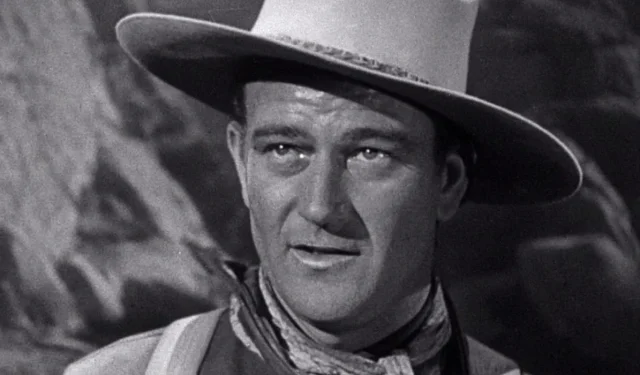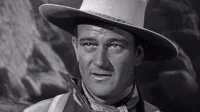In 1939, John Wayne and renowned director John Ford teamed up for Stagecoach, marking the beginning of their influential collaboration. This film not only represented Wayne’s ascent as a leading actor but also set Ford on the path to becoming a celebrated figure in Hollywood. More than just a pivotal project for its creators, Stagecoach became a watershed moment in American film, laying the groundwork for countless cinematic masterpieces that would follow.
Prior to its lasting influence on filmmakers like Steven Spielberg, Stagecoach served as a crucial reference point for Orson Welles when he was preparing for his debut film, Citizen Kane. At just 25 years of age, Welles ventured into filmmaking for the first time, and surprisingly, he had no prior experience on a film set. In his conversations with Peter Bogdanovich, documented in the book This Is Orson Welles, he acknowledged that much of his knowledge came from studying Ford’s work. Welles stated, “I’d learned whatever I knew in the projection room – from [John] Ford,” signifying the profound impact that Stagecoach had on him as a budding director.
The Direct Link Between Wayne and Welles: How Stagecoach Inspired Citizen Kane
Orson Welles’ Crash Course in Filmmaking through Stagecoach
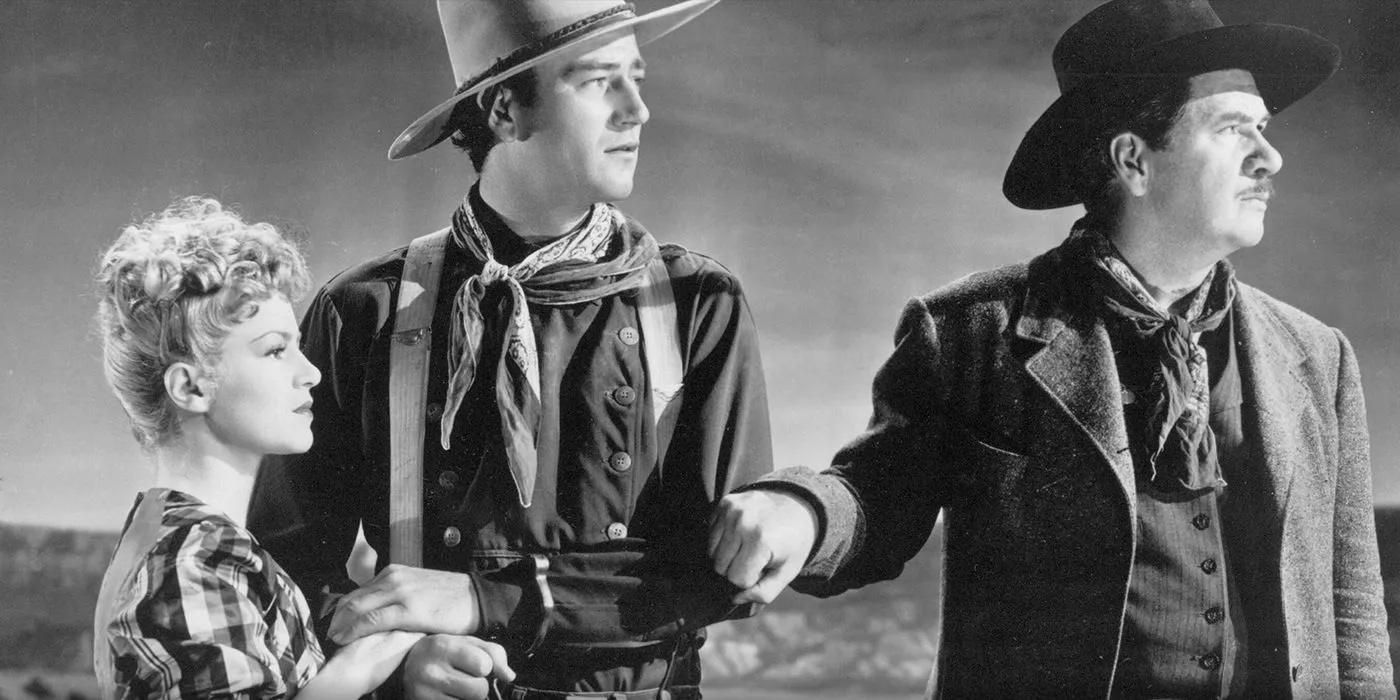

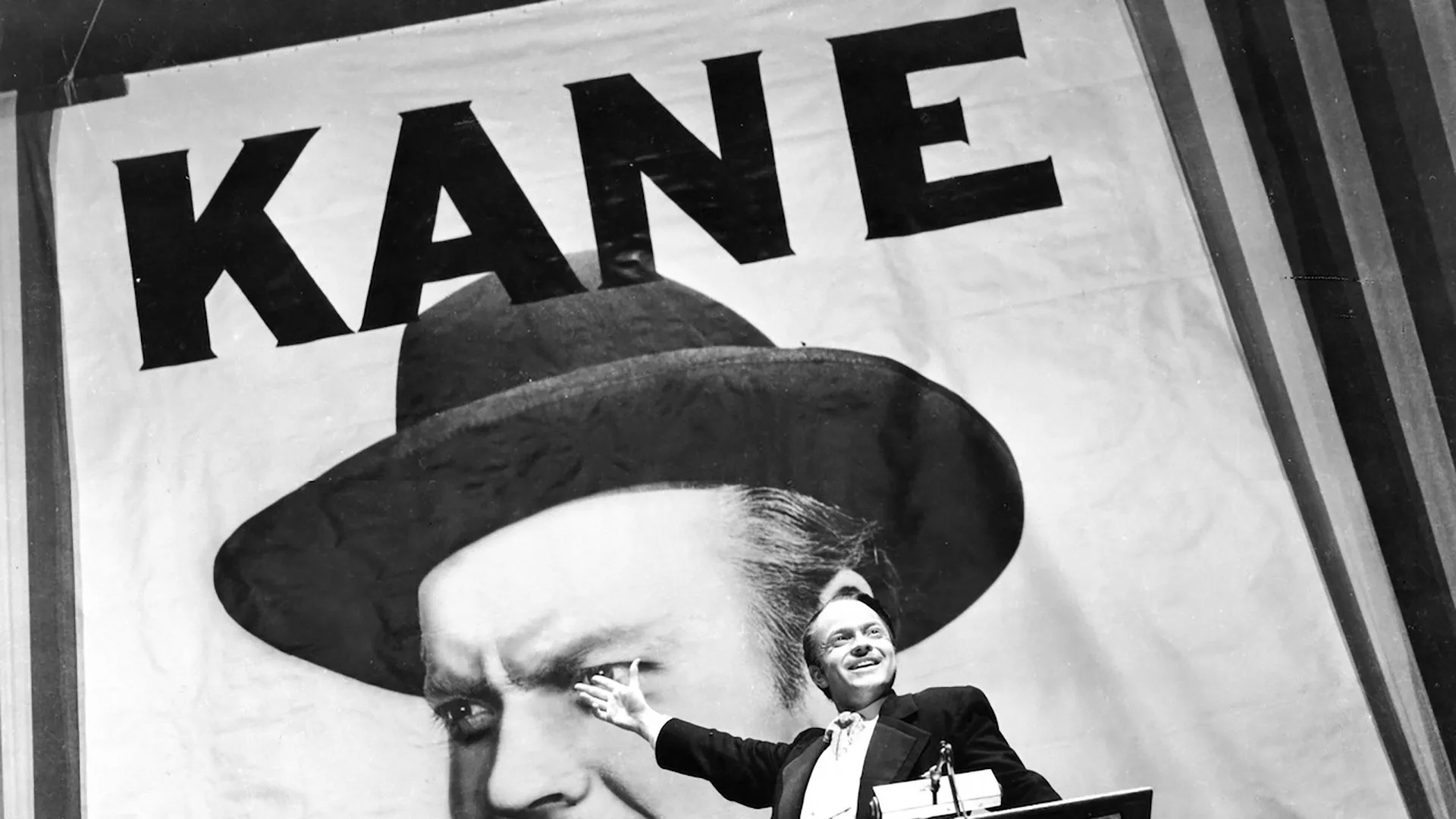
Despite being his first feature film, Citizen Kane is universally acclaimed as one of the greatest films in cinematic history. In preparation for this audacious project, Welles reportedly viewed Stagecoach nearly 40 times. He shared in This Is Orson Welles that after dinner each evening, he would run through Ford’s film to dissect its techniques: “After dinner every night for about a month, I’d run Stagecoach and ask questions,” demonstrating his intense dedication to mastering the craft.
Welles attributed much of his filmmaking knowledge to Stagecoach, believing it served as a cinematic textbook. He later included it in a list of his top ten favorite films, published in the early 1950s. His reverence for Ford’s work indicates the significant influence this first Western had on him as he navigated his own groundbreaking journey in filmmaking.
The Inspirations of Stagecoach on Citizen Kane
Innovations in Cinematography: Stagecoach’s Impact on Citizen Kane
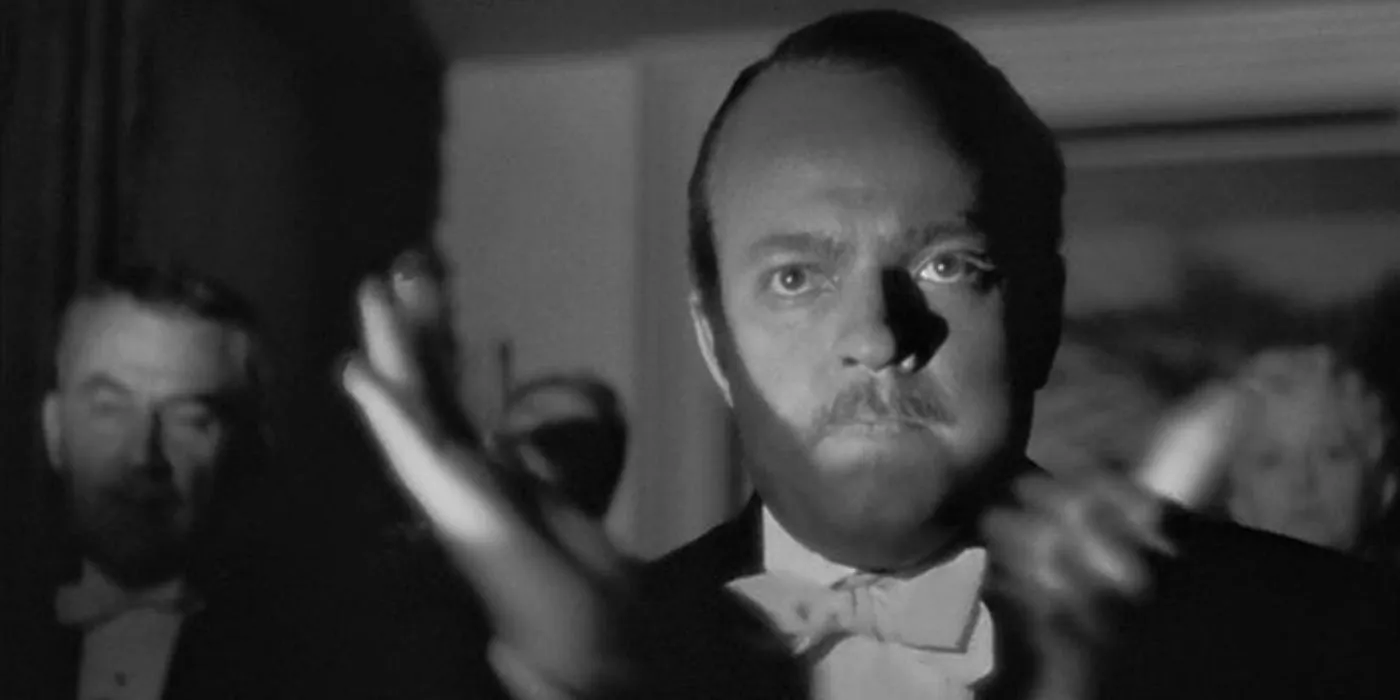
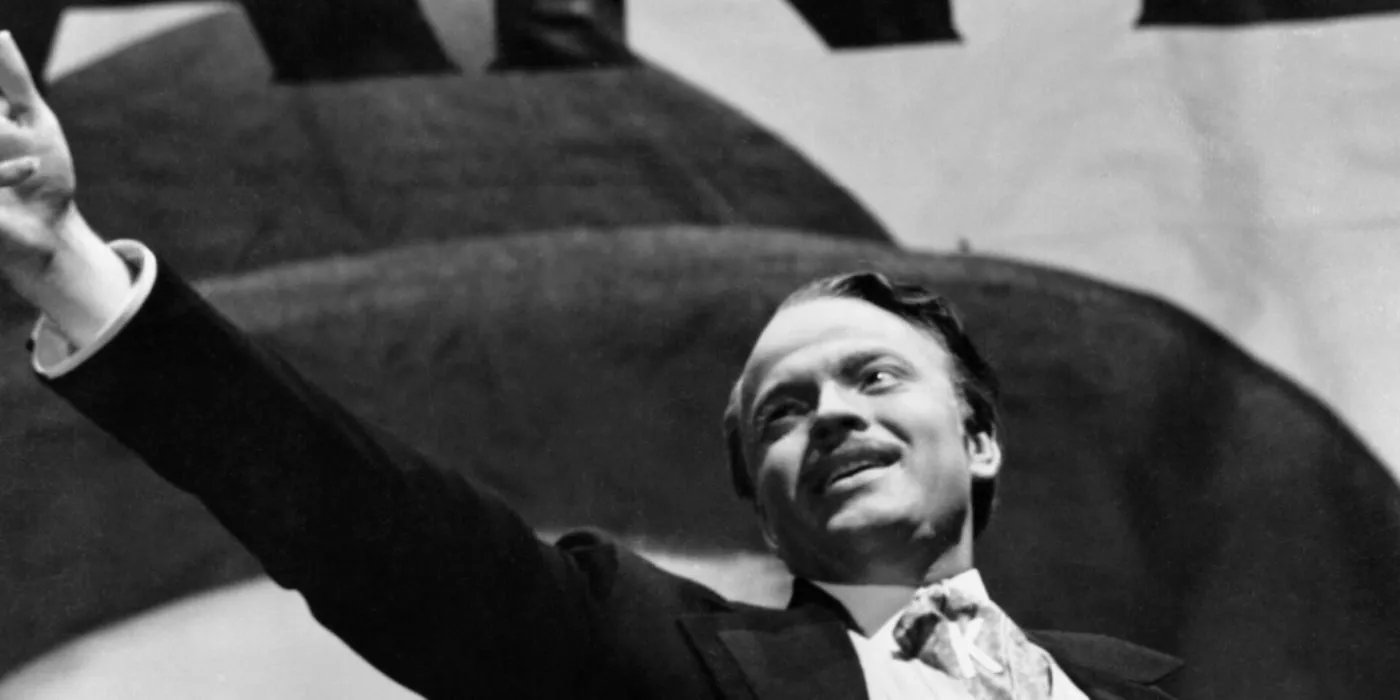
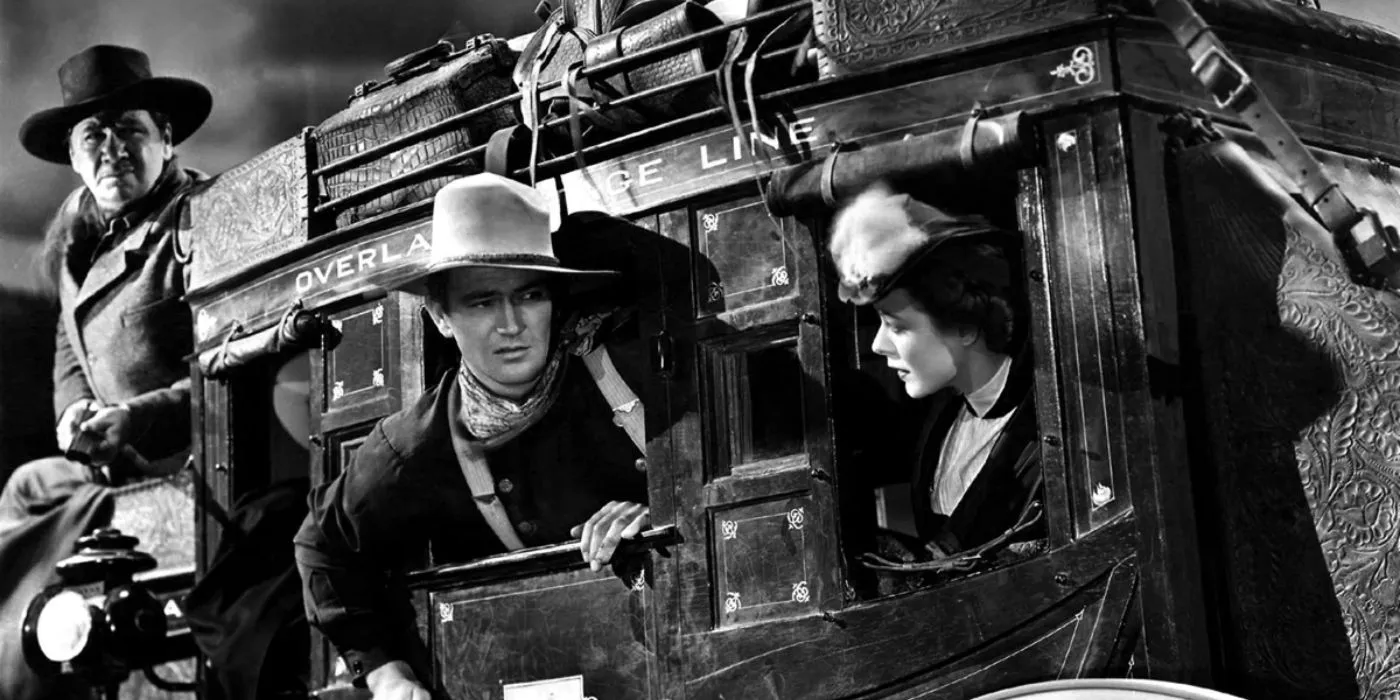
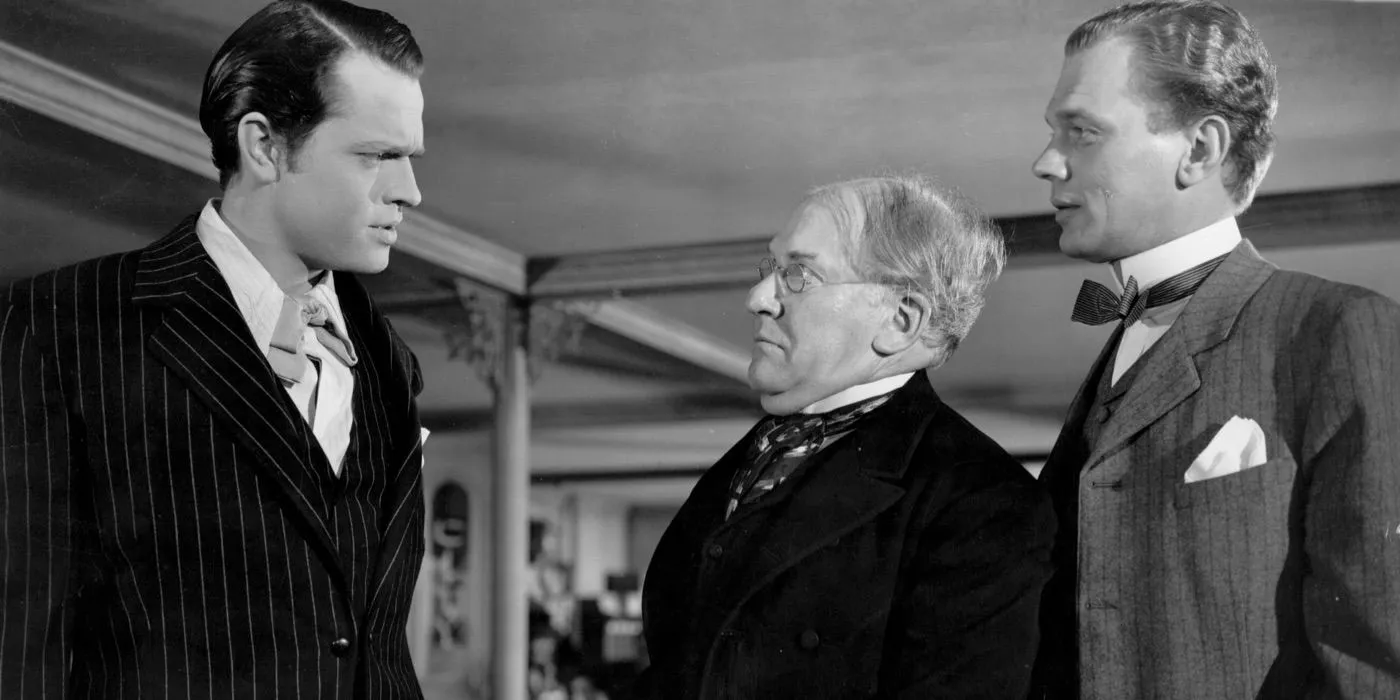
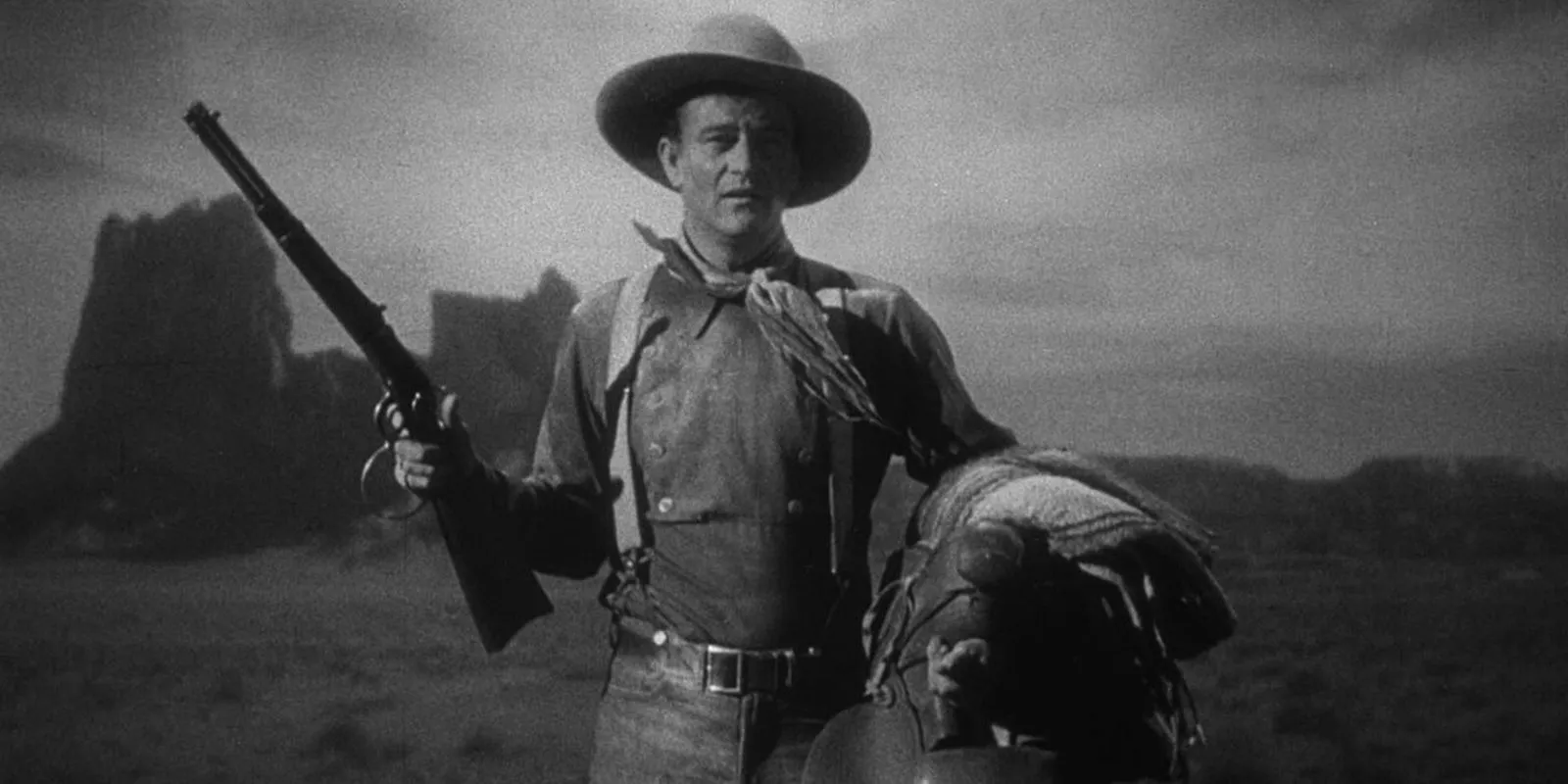
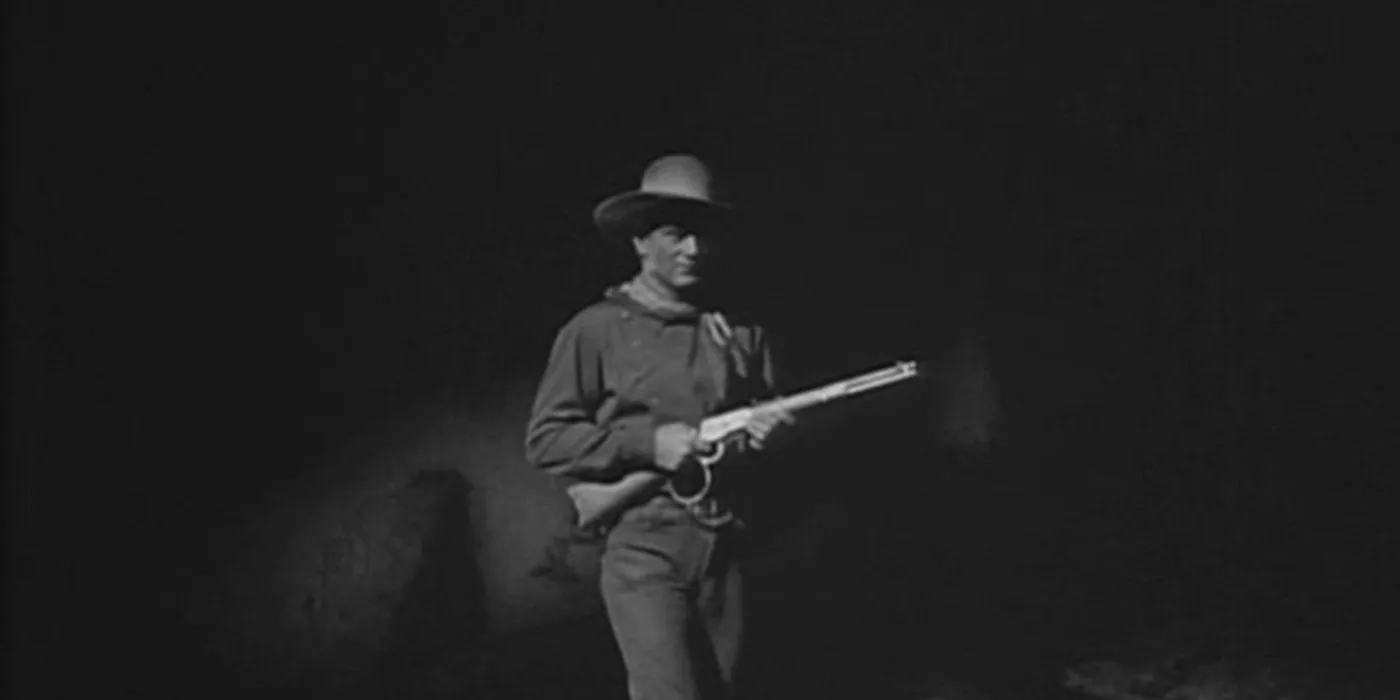
Welles likely drew from Stagecoach in more nuanced ways than he was consciously aware of during the production of Citizen Kane. Several key techniques employed by Ford had a clear influence on Welles’ directorial decisions.
The innovative low-angle shots in Stagecoach are notably reflected in Citizen Kane, particularly in a pivotal scene where Jedediah Leland, played by Joseph Cotten, berates Kane. This use of perspective imbues Kane with a sense of overwhelming presence, symbolizing both his power and fragility.
Additionally, the use of dramatic silhouette transitions seen in Ford’s film can be traced throughout Welles’ narrative, prominently featuring an arresting silhouette of a cockatoo in the climax. Welles also innovatively adapted Ford’s techniques for focus effects to enhance the emotional gravity of scenes, a hallmark of Citizen Kane‘s cinematography.
Ford masterfully used real-time focus adjustments in Stagecoach to create suspense and significance, notably in the introduction of John Wayne’s character, Ringo. This unforgettable moment is widely regarded as a textbook example of character introduction in film history.
The Legacy of Citizen Kane: A Pinnacle of Cinematic Achievement
Unparalleled Innovations That Reshaped Cinema
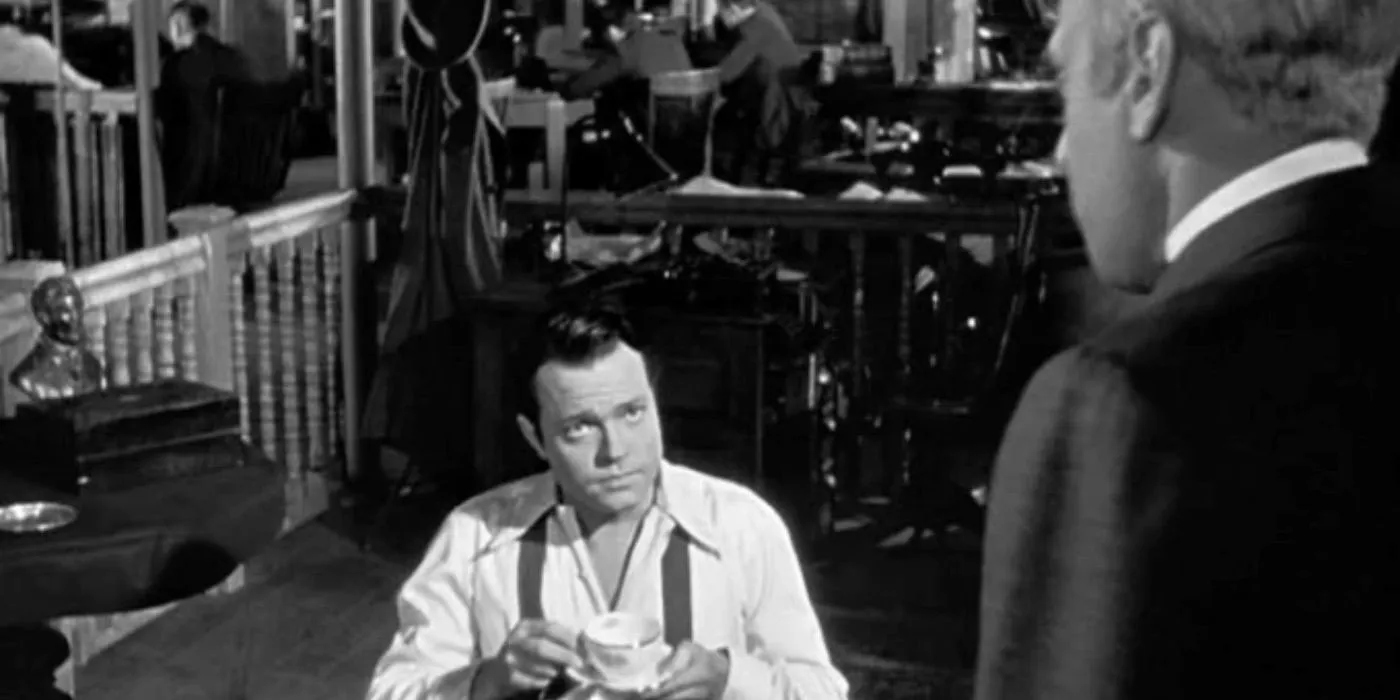

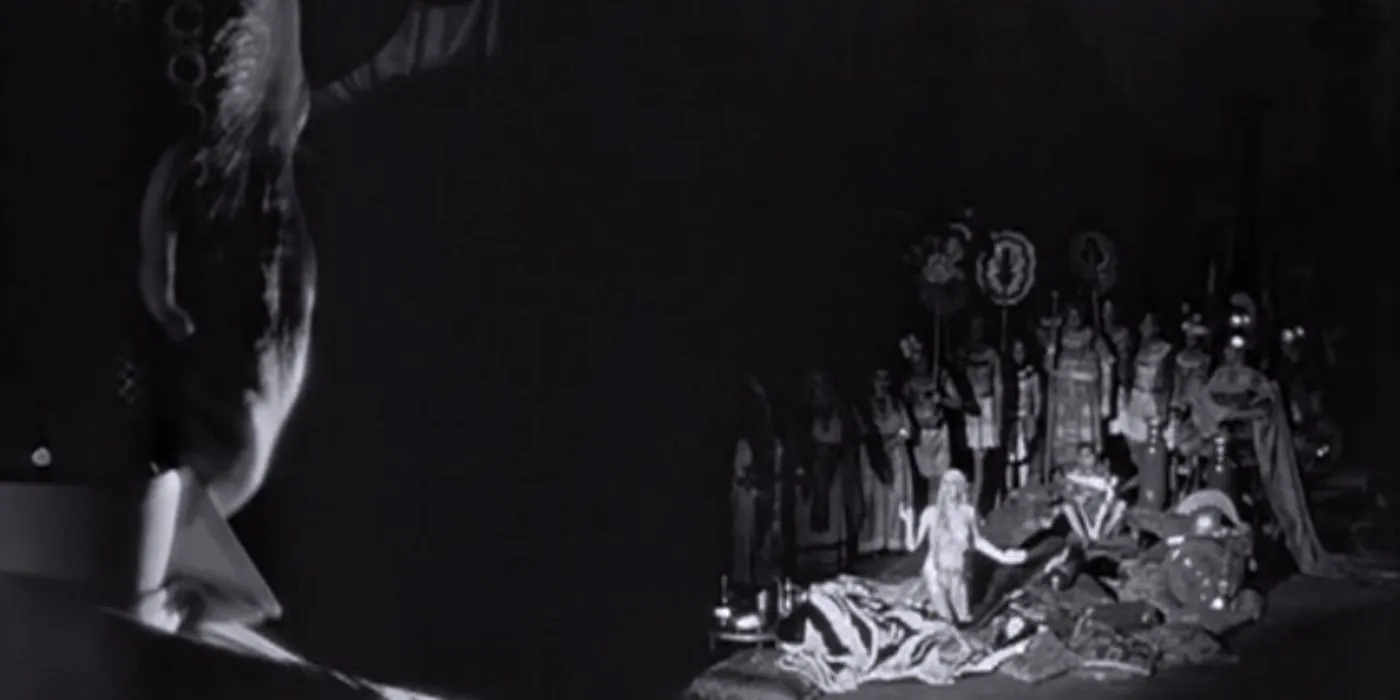
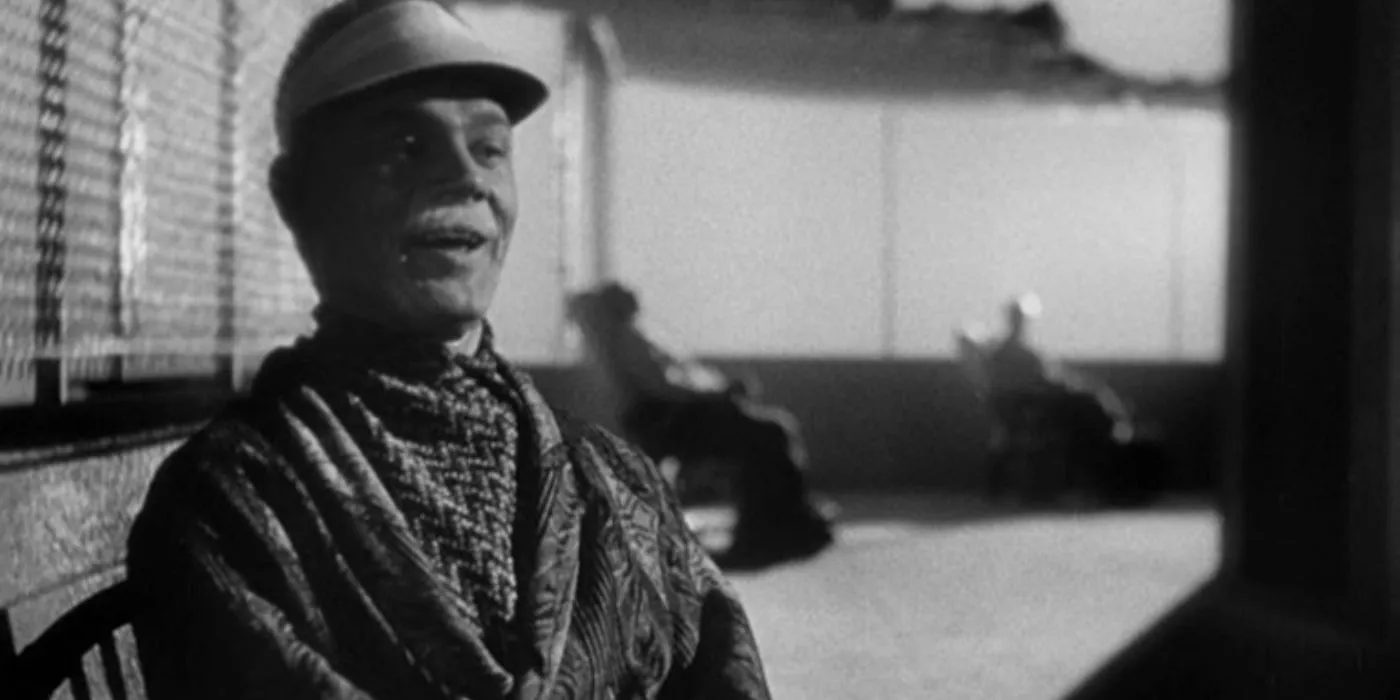
Though Stagecoach is a landmark film of its time, it is overshadowed by the enduring legacy of Citizen Kane, which has garnered acclaim as the greatest film ever made. Welles’ innovative use of cinematographic techniques is a testament to this recognition.
Citizen Kane revolutionized narrative storytelling in film, introducing complex structures, non-linear timelines, and unreliable narrators, elements that were radical for the time. These techniques, complemented by Welles’ creativity in staging, lighting, and editing, are intertwined with the techniques borrowed from Ford’s Stagecoach, showcasing how foundational this Western was to modern cinema.
The cinematic landscape would be vastly different today without the critical breakthroughs established by Citizen Kane. The film’s legacy and the groundbreaking innovations that defined it speak to its unparalleled standing in film history, and it is clear that Welles regarded Stagecoach as a masterpiece that significantly shaped his own artistic vision.
Sources: This Is Orson Welles; Far Out Magazine; The Dick Cavett Show
